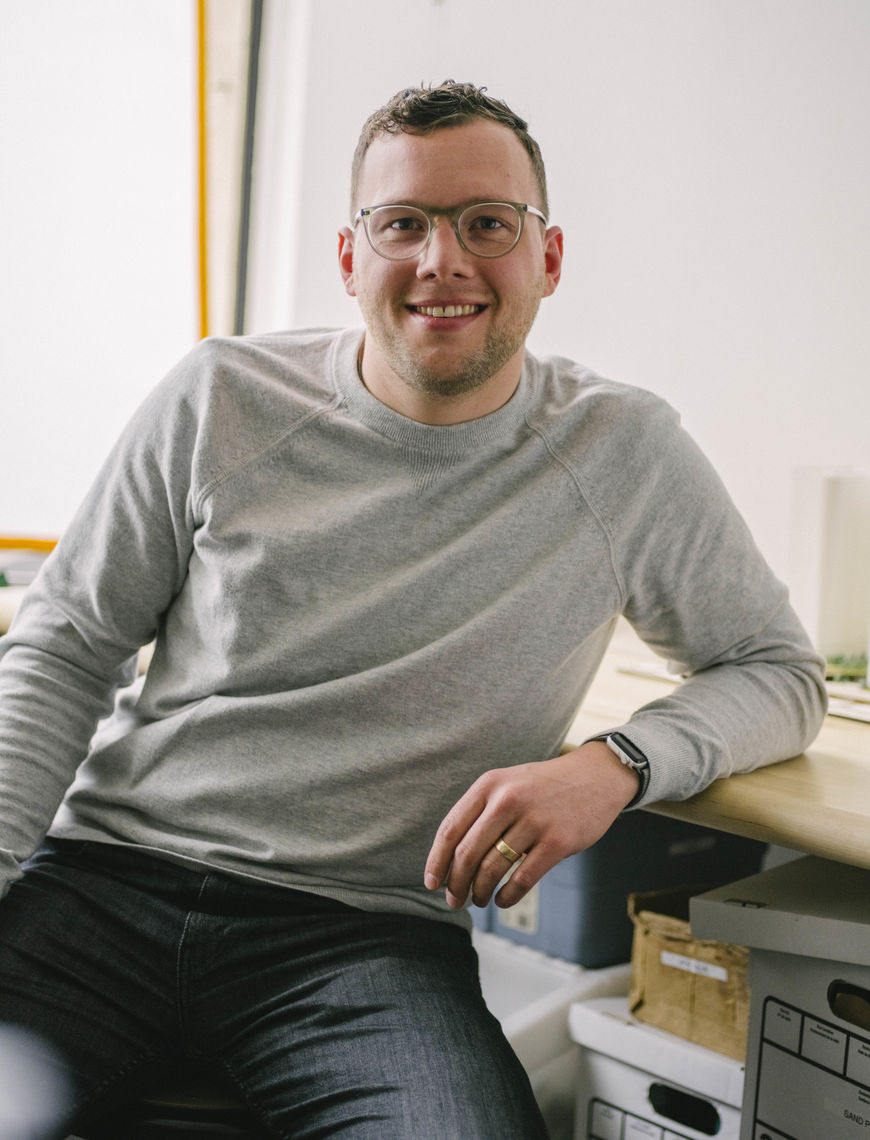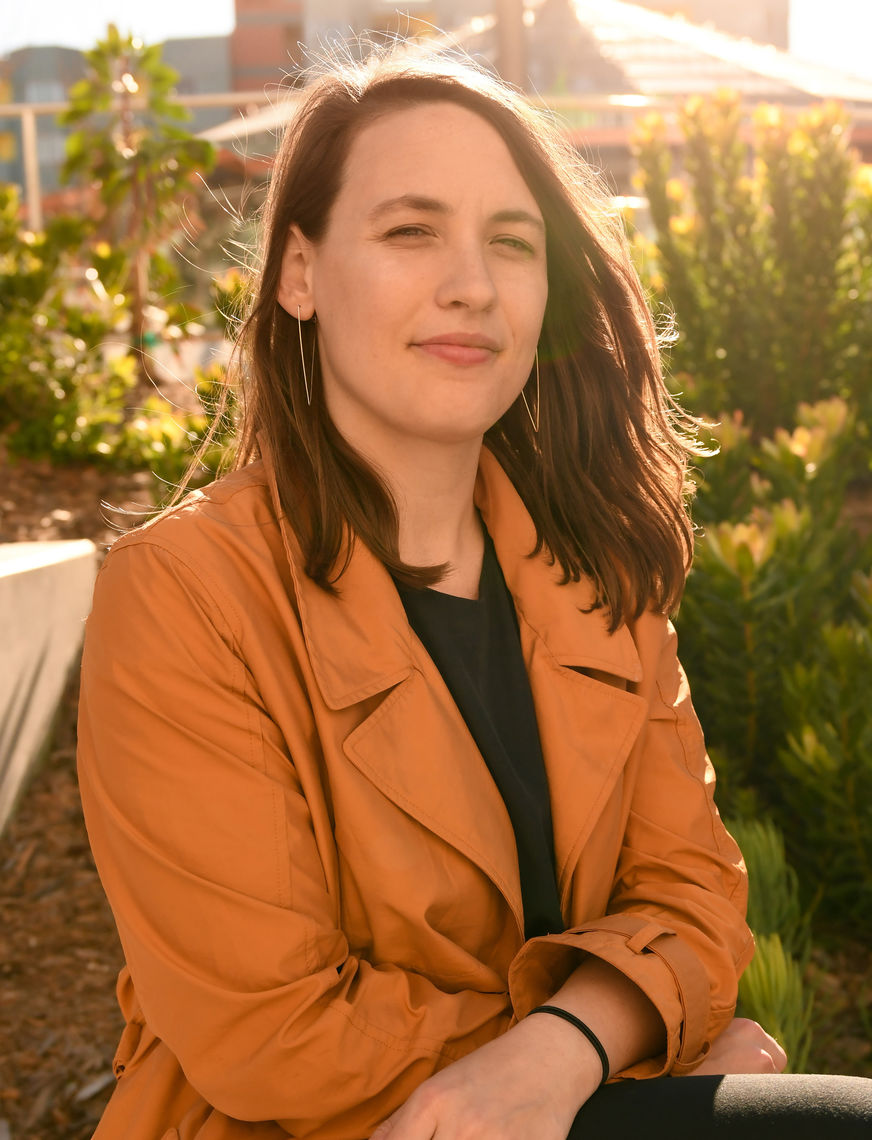This month, our spotlight is on David and Abigail, who share their thoughts on design process, current projects, and how life influences their work.

David T. Trapp, RA | Architect
Philadelphia

Abigail Granbery | Urban Designer
San Francisco
What is your creative process?
D: Constraints are very helpful for my creative process. They provide the framework for an eventual solution (besides, blank pages are impossibly difficult). Solutions tend to come about by repetition and rigor – I sketch by hand so I must think about each stroke and I always remind myself that no line is sacred. Most importantly, I invite others into the dialogue – any meaningful creative process involves a variety of thinking and experiences to coalesce conflicting pieces into a coherent whole.
A: The planner in me will always go back to the why of the design, what outcomes are we trying to achieve with our scheme, and how are our designs getting us closer to our agreed upon objectives. It is easy to get caught up in the minutiae of our work, but by setting clear goals, we can test if our work extends beyond just aesthetics.
What are you currently working on and what issues are at play?
D: I am currently wrapping up our work at The Merion Cricket Club. This is the culmination of a six-year, multidisciplinary effort to align the club’s campus with their mission to sustain a long-term future. It started with a master plan and now includes the interior renovation of a historic building, a campus expansion with five new buildings, and several acres of site work (including a pool!). We’ve tried to introduce a family of simple spaces and shapes to extend the campus in a way that is sensitive to its historic core and maintains a strong sense of place. Creating a coherent transition from formal social spaces to casual fitness and community spaces, while balancing membership interests, neighbor concerns, and budget constraints, has provided ample opportunity for creative problem-solving.
A: Most recently, I’ve been spending most of my time working on master plans, ranging from campus to parks and trails. Campus plans have such an opportunity to act as models of development and policy for cities. And because the entire population shifts every four years or so, they can be very adventurous. For instance, a large modal shift for students can happen at much faster rates than a city. That can mean that instead of building a parking garage you can build more classrooms, dorms, playing fields, or other amenities that are more conducive to the primary objective of a university: learning.
How much does your life influence your work?
D: I think the way we shape space is a direct reflection of our cultural priorities, so my life and my work are woven together. I find the interaction of human behavior and the built environment fascinating and am always thinking about the impact each has on the other.
A: San Francisco is such an interesting case study in my work for both the good and the bad. Just recently I stumbled upon a newly redesigned public space that was filled with people enjoying a random Tuesday evening. The access to green space is inspiring - I live within walking distance of five major parks. And I can honestly say that a car-free Market Street has improved the quality of my commute tenfold. It is also a cautionary tale for other cities on what not to do, from housing to economic development. I get to have a front seat on it all!
How do you stay on top of current design trends?
D: I think the often short-term and small-scale nature of bar and restaurant designs reveal current trends, so it’s important to visit as many as possible 😊. Otherwise, I enjoy scrolling through Archdaily or other blogs and watching all the new construction going up around us...
A: I look to other design fields and disciplines. When you are designing neighborhoods, you are lucky if you can experience your designs in a decade. Other design fields, like graphic design, have a much shorter time frame, so they are reinventing themselves at a much faster rate.
Bonus Question:
What book did you read last?
D: Just Mercy by Bryan Stevenson.
A: I just finished reading Invisible Women: Data Bias in a World Designed for Men which investigates the lack of disaggregated data on women. From park design to transportation networks, women use city infrastructure differently and that is not always captured in the data we use to influence our designs. It also hammered home the importance of extending who is in the room during every step of the city design process.